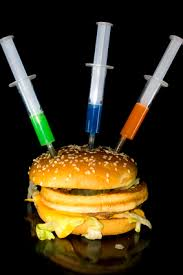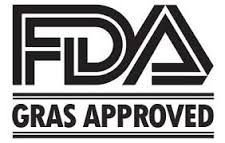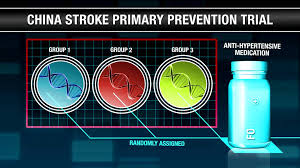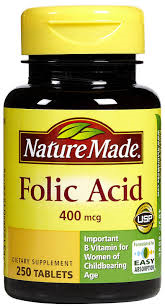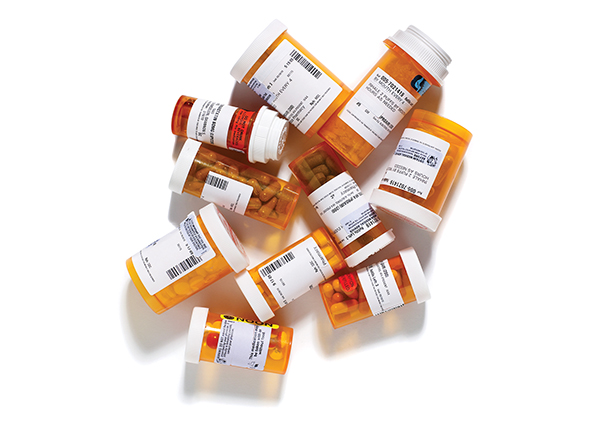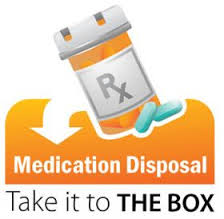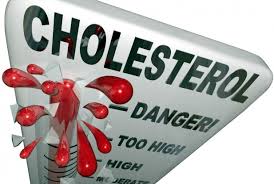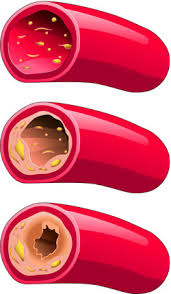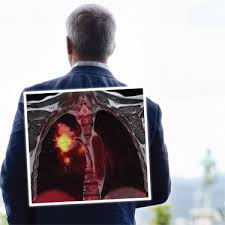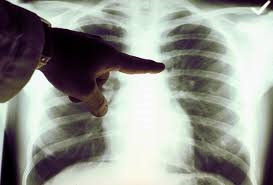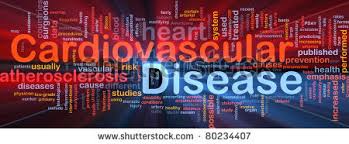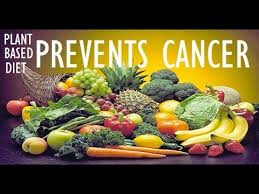 If you’re being treated for cancer, an iguana might not be the pet for you.
If you’re being treated for cancer, an iguana might not be the pet for you.
Ditto if you’re pregnant, elderly or have small children at home.
Pets can transmit dozens of diseases to humans, but doctors aren’t always as good as they should be in asking about pets in the home and humans’ health issues, a study finds.
And that goes for people doctors and animal doctors. “The fact that they’re equally uneducated is concerning,” says Jason Stull, an assistant professor of veterinary preventive medicine at Ohio State University and lead author of the review, which was published Monday in the Canadian Medical Association Journal. “There hasn’t been a great dialogue between the veterinary community, the human health community and the public.”
Medical Association Journal. “There hasn’t been a great dialogue between the veterinary community, the human health community and the public.”
The people doctors aren’t asking their patients what kind of pets they have, Stull says, and veterinarians aren’t asking owners about health issues that might increase their risk of acquiring unpleasant, even life-threatening, infections. His paper includes a long list of possibilities, including…
Source: NPR



